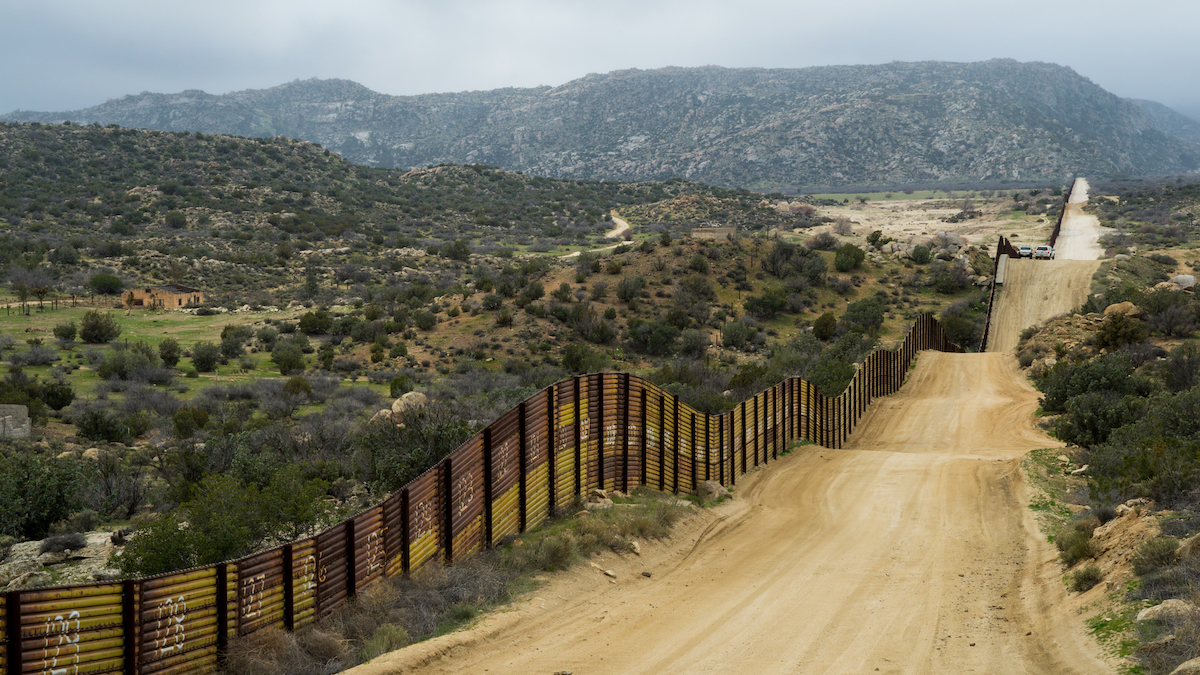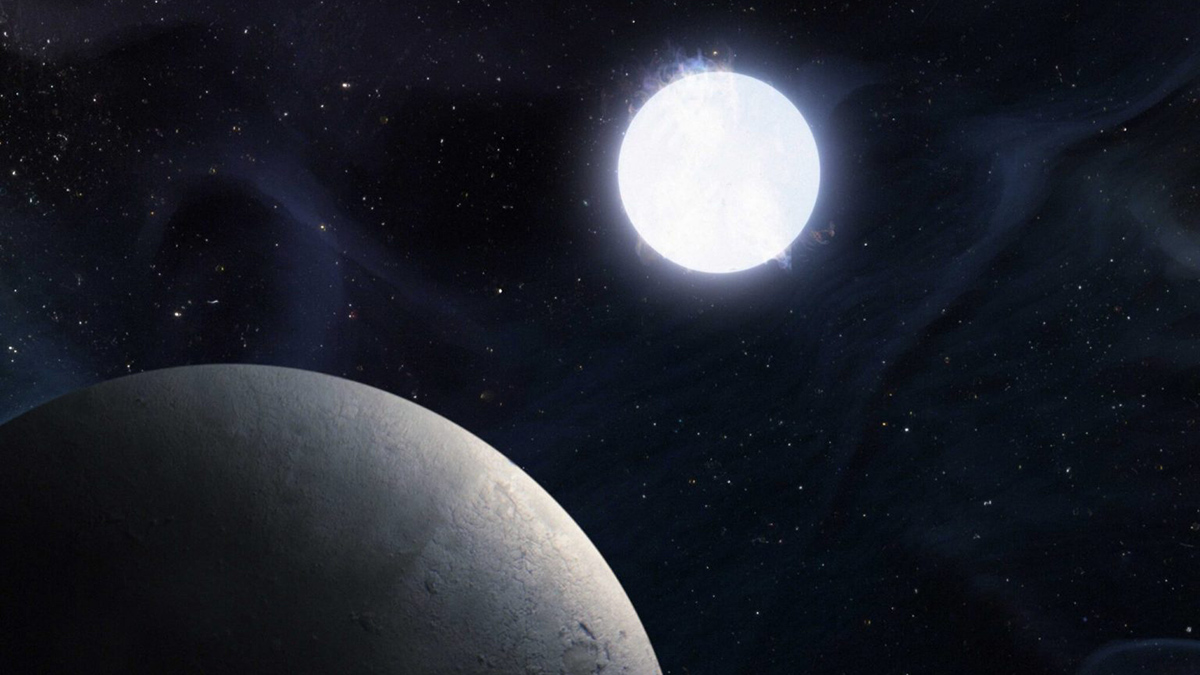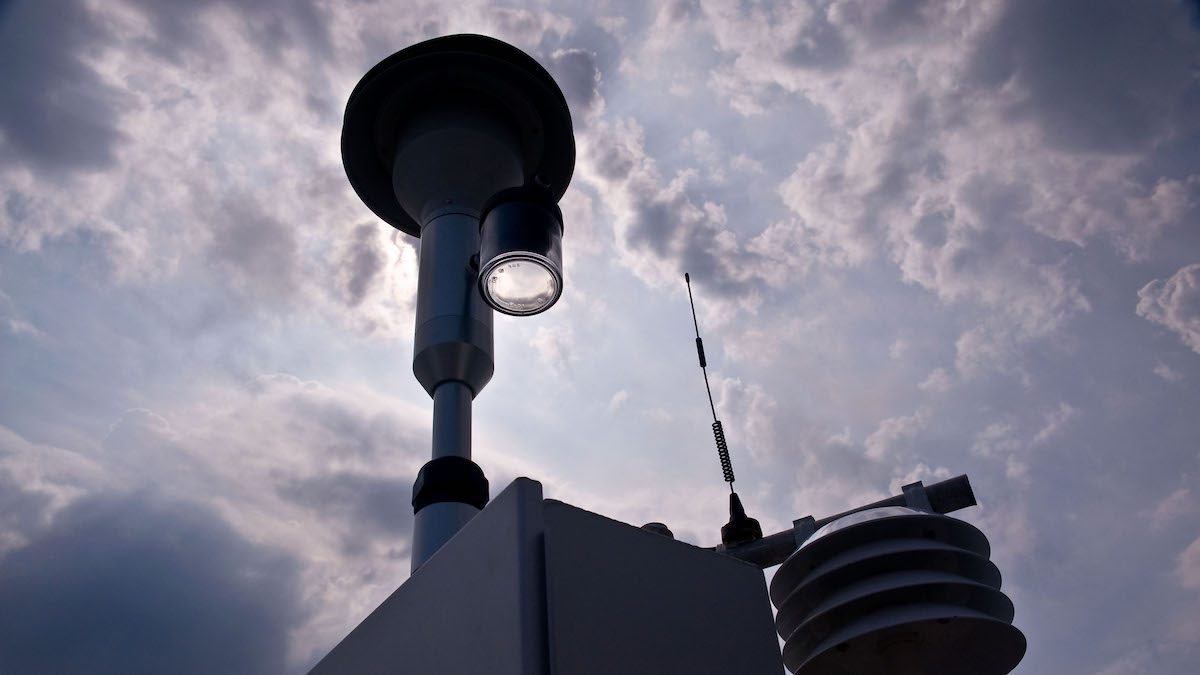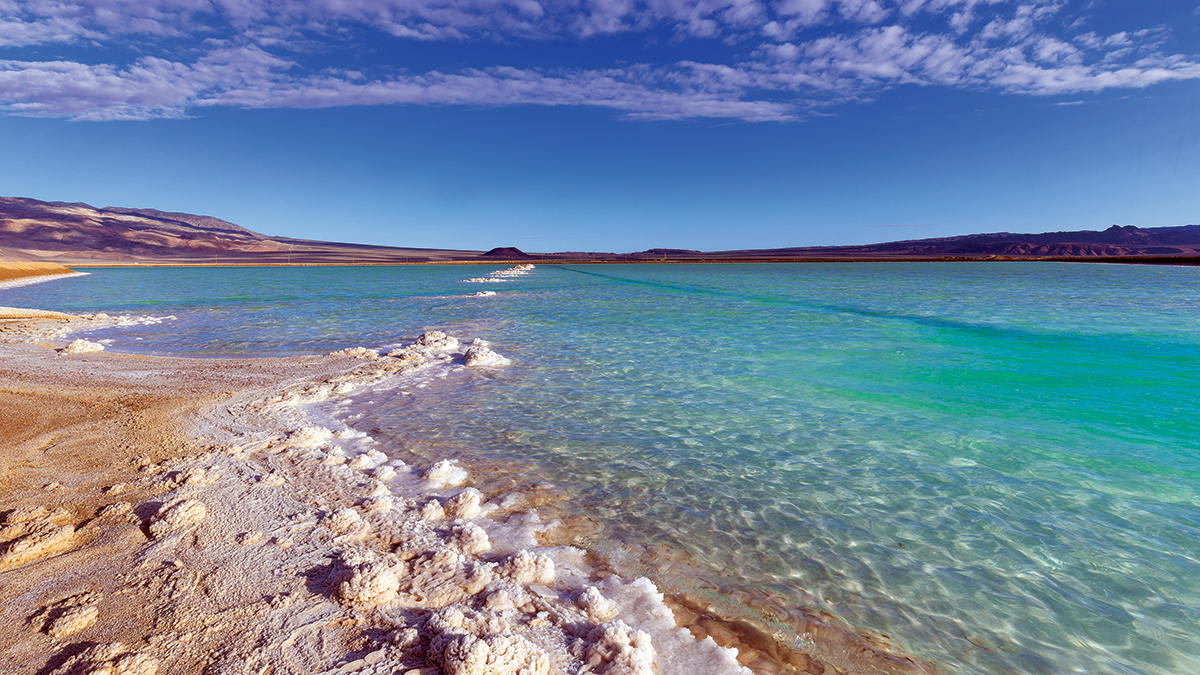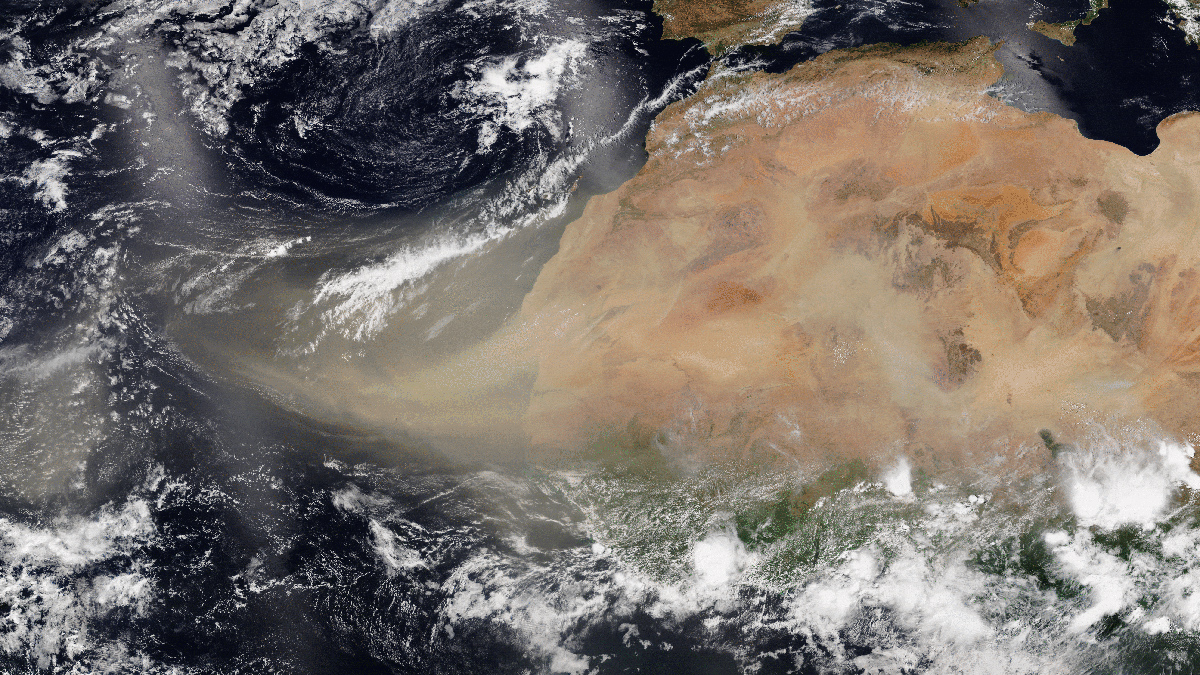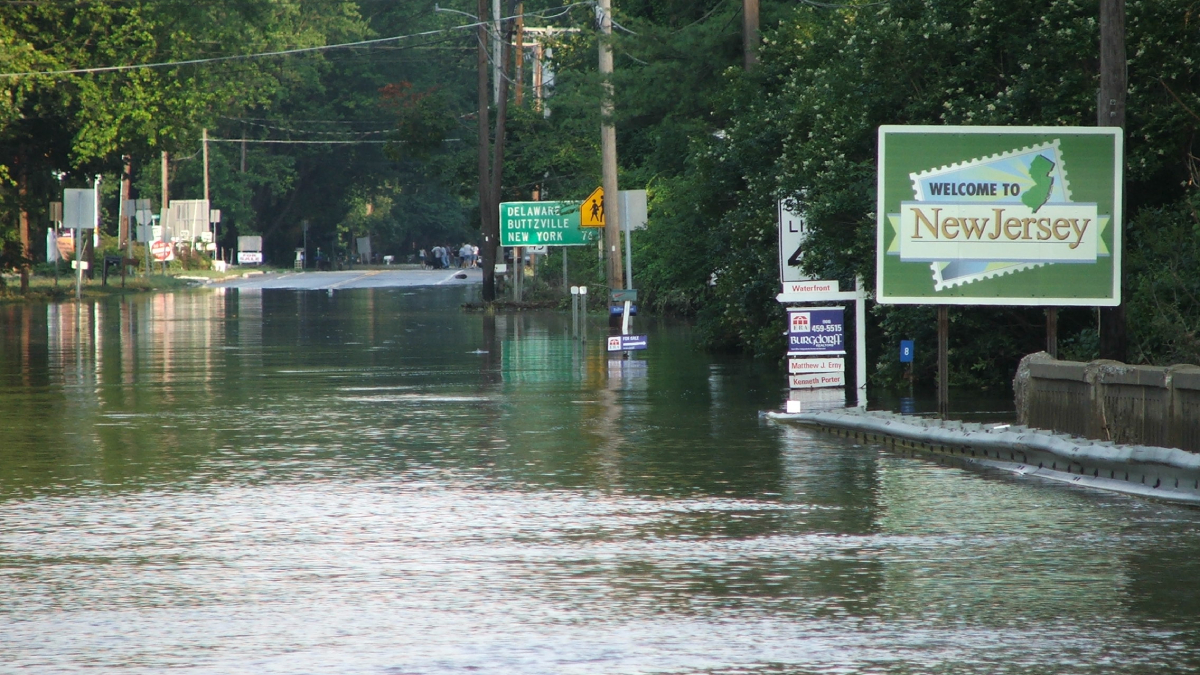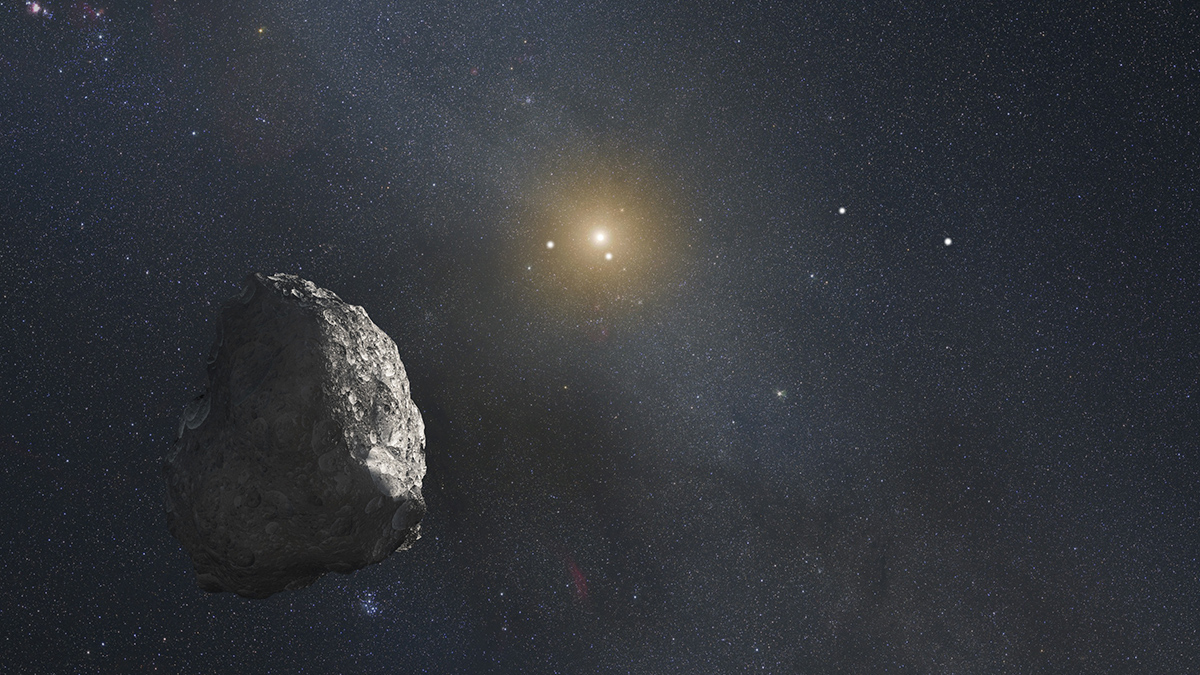Undocumented immigrants from agricultural areas in Mexico are most vulnerable to drought and seasonal weather patterns.
News
Earth May Survive the Sun’s Demise
A distant white dwarf hosts an Earth-like planet in an orbit that might be similar to Earth’s if it survives the Sun’s red giant phase.
Next NASA Field Campaign Could Fund Projects in Drylands or Tropics
Scientific feedback can improve proposals and signal support for large-scale, intensive climate research.
EPA Air Monitoring Network Misses 2.8 Million Americans in Pollution Hot Spots
Current EPA air monitoring may not capture the extent of particulate air pollution.
Las olas de calor marinas incrementan la probabilidad de intensificación de las tormentas tropicales
La probabilidad de que los huracanes experimenten una intensificación rápida aumenta en un 50% durante las olas de calor marinas que se desarrollan en el Golfo de México y en la región noroeste del Mar Caribe.
Nevada Has Loads of Lithium. Here’s Why.
Nevada is becoming a major producer of lithium, thanks to topography, climate, and geologic serendipity.
Saharan Dust Carries Iron That Feeds Life in the Distant Ocean
A new study of seafloor sediments suggests reactions in the atmosphere convert dust-borne iron into forms more readily taken up by phytoplankton.
Ordinary Policies Achieve Extraordinary Climate Adaptation
Consistently implementing zoning, permitting, and building regulations, all commonplace municipal tools, helped most New Jersey towns avoid floodplain development.
Sedimentos Caribenhos Rastreados até o Terremoto e Tsunami Português de 1755
Arqueólogos escavando na Martinica encontraram por acaso o primeiro depósito de tsunami do terremoto encontrado no Novo Mundo. Ao que parece, o tsunami deixou um forte rastro, pois a onda passou por cima de um rio.
Another Ring of Objects Might Exist in the Outer Solar System
A search for a new target for NASA’s New Horizons spacecraft suggests that space beyond the Kuiper Belt could be an unexpectedly crowded place.

